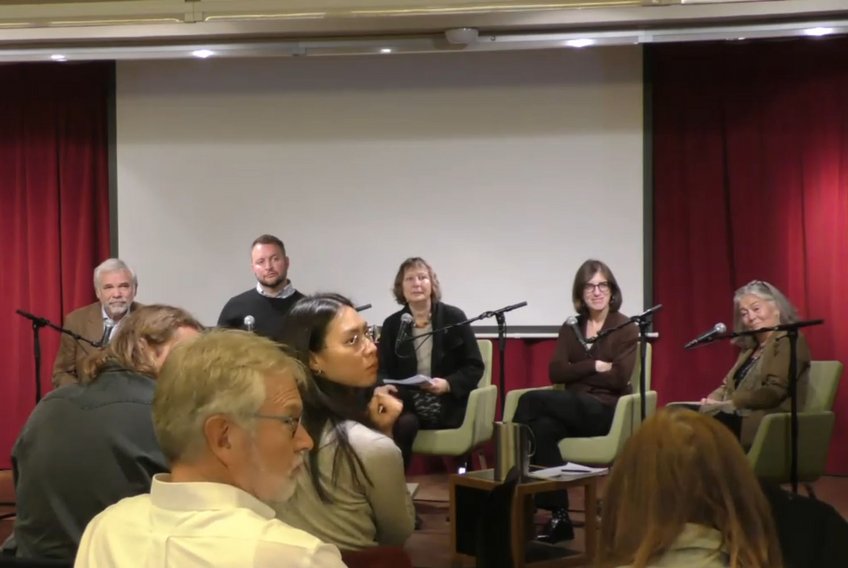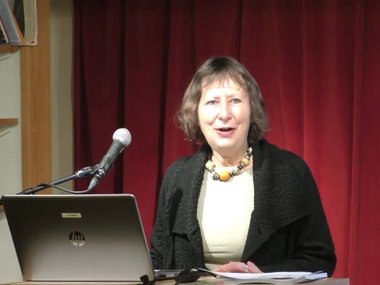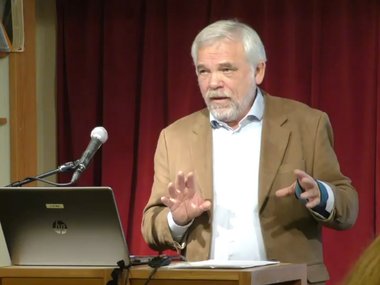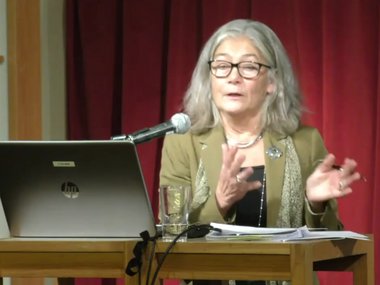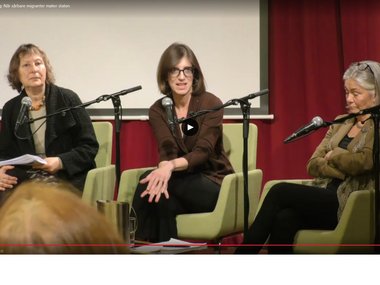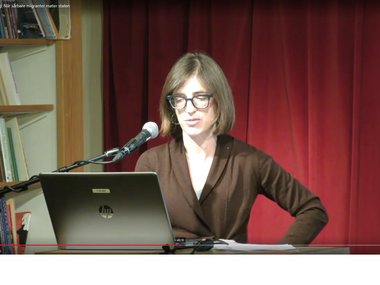Launch Seminar: Who are the vulnerable Refugees?
A new report examines how the vulnerability of refugees is assessed and taken into account by the Norwegian authorities.
On November 1, 2021 the VULNER Norwegian team presented their research report "Vulnerable Protection Seekers in Norway: Regulations, Practices, and Challenges" during a launch seminar at the Institute for Social Research, ISF.
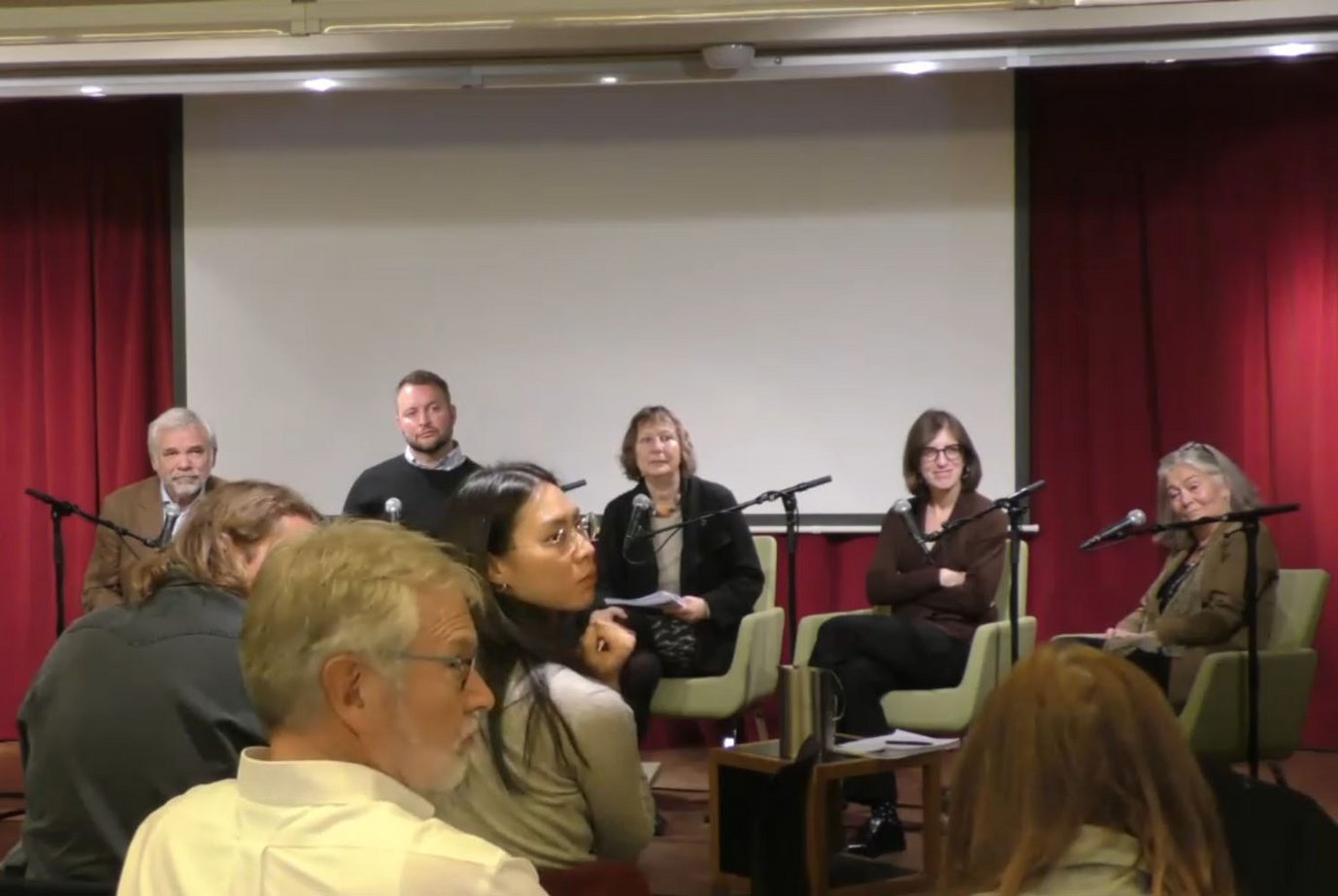
Vulnerability is an increasingly important concept in international refugee policy. In Norwegian refugee policy, however, there is no separate procedure for identifying migrants' vulnerability or any uniform policy for securing the rights of particularly vulnerable migrants. That is the conclusion of the new VULNER research report.
The EU-funded research project VULNER examines the vulnerability both from the migrants’ own perspective and in the recipient countries' legislation and practice. During the seminar, the Norwegian project participants, Hilde Lidén, Jessica Schultz and Erlend Paasche, published their first interim report from the project. The report examines the schemes that the Norwegian authorities have introduced, through legislation and administrative practice, to identify migrants' vulnerability.
We hope that this report can be a constructive factual contribution in the debate on how the concept of vulnerability is understood and used in refugee policy, says ISF researcher Hilde Lidén.
She co-authored the report with Erlend Paasche, Jessica Schultz and Helene Wessmann.
The researchers highlight three main points from the report:
1. The approach to identifying the vulnerability of refugees is fragmented
Norway does not have a uniform policy for the vulnerability of refugees. The legal obligations towards persons and groups with special needs are incorporated in the Immigration Act with reference to international conventions and protocols. The obligations are also specified in a number of guidelines for use in public administration. This ensures equal practice, at the same time topics that are not mentioned in the guidelines receive less attention.
Some groups, such as victims of torture and disabled people, have received less attention, Lidén explains.
She also emphasizes that the human rights approach in the Norwegian legislation means that not all types of vulnerability are captured, such as trauma due to previous persecution. More awareness may also be needed about the fact that several different vulnerability factors can have a mutually reinforcing effect.
We recommend a more holistic approach to assess vulnerability and better coordination of the refugees who need special follow-up, she says.
2. The procedures and reception conditions for refugees with special needs are not sufficiently adapted
Researchers have also found weaknesses in the asylum process that have significant implications for vulnerable migrants. This applies, among other things, to the limited access to personal hearing in the Immigration Appeals Board and the limited access to legal aid.
Inadequate legal assistance early in the asylum process can have serious consequences, if it leads to the applicants' rights and vulnerabilities being identified only later in the application process, Lidén points out.
She also emphasizes that ordinary reception centers have a limited capacity to take care of residents with great follow-up needs, and that there is no minimum requirement for housing standards and staffing at the reception centers.
Among other things, we recommend giving additional access to free legal aid early in the asylum process and improved reception conditions, ensuring that vulnerable people are offered adequate health care and legal guidance, she continues.
3. The emphasis on vulnerability in asylum assessments is qualified, but also uneven
In current Norwegian practice, vulnerability is mainly assessed under the section ‘strong human considerations’. This section gives the administration a certain discretion to grant residence to persons who do not meet the requirements for refugee status. At the same time, treatment under this section allows for the residence permit to be later revoked, and the assessments are balanced against the state’s interests in immigration control.
Especially when it comes to cases where the best interests of the child can be set aside for immigration control considerations, we believe that an evaluation of the system must be made, Lidén emphasizes.
The researchers also emphasize that the tightening of asylum and immigration policy in recent years is creating new forms of vulnerability, among other things through the increased use of temporary residence permits. Lidén points out that it has been documented that such temporary residence permits reinforce uncertainty and health problems and limit the process of integration.
We recommend considering solutions that to a greater extent balance the control policy with the need for settlement and integration into the local community, says Hilde Lidén.
A recording of the event can be found here.
